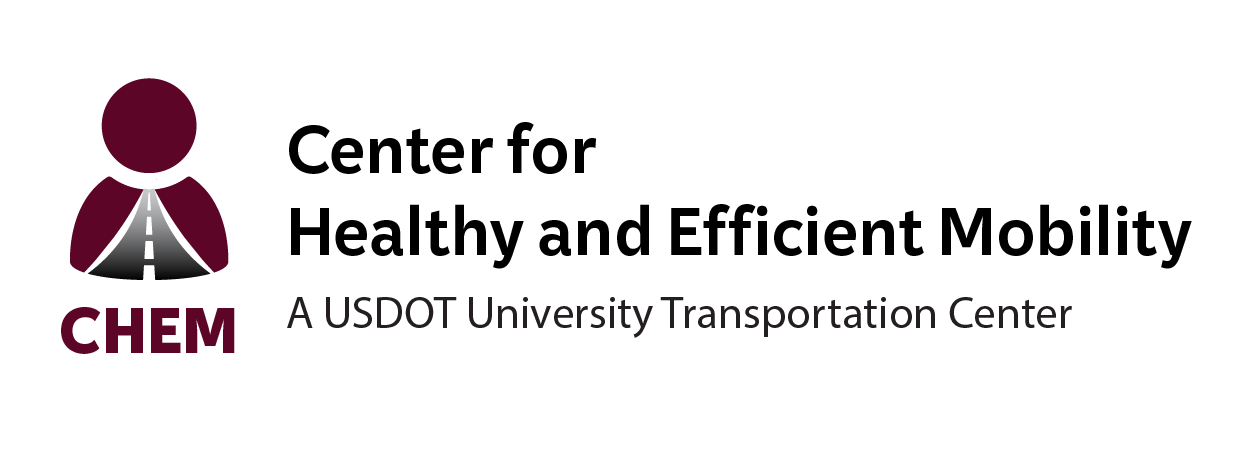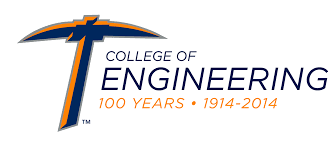Abstract
The goals of this project are to scope the presence of bioavailable metals and potential dust emissions from highway-related and desert sediments at Lordsburg Playa (dry lake bed), New Mexico, where Interstate 10 crosses a hotspot of dust storms and disruptions to transportation, and traffic crashes, are regularly experienced. We will determine the potential enhancement of bioavailable metals originating from transportation activities near the highway and impacting the local environment, as well as potential enhancement of bioavailable metals derived from non-transportation (mining) activities on the playa that could impact highway travelers and workers. We will determine relative exposures to bioavailable airborne metals from these activities and how they vary in space and time. The project will also assess the safety hazard to highway transportation at the Lordsburg Playa associated with dust from different areas under different environmental conditions and will help assess how proposed mitigation plans would reduce this hazard. Field sample collection and site assessment, laboratory analysis, and numerical modeling will be used to achieve these goals, and the data and findings will be synthesized using GIS to inform stakeholders of potential health hazards from transportation-related vs. natural and mining‐related dust and metal exposures at Lordsburg Playa, further informing efforts to mitigate transportation safety hazards at Lordsburg Playa. These results will be relevant to numerous other highways, especially in the Western US, where numerous routes cross dry lake beds and/or dust hotspots.
Research Investigators (PI*)
Thomas E. Gill*, University of Texas, El Paso
Lixin Jin, University of Texas, El Paso
Project Information
Start Date: January 1, 2018
End Date: December 31, 2020
Status: Active
Grant Number: 69A3551747128
Source Organization: CARTEEH UTC
Project Number: UTEP-01-13
CARTEEH Focus Area(s)
Exposure & Health Impacts
Sponsor
Office of the Assistant Secretary for Research and Technology
University Transportation Centers Program
Department of Transportation
Washington, DC 20590 United States
Performing Organization
University of Texas at El Paso
Department of Civil Engineering
500 University Ave
El Paso, TX 79968




